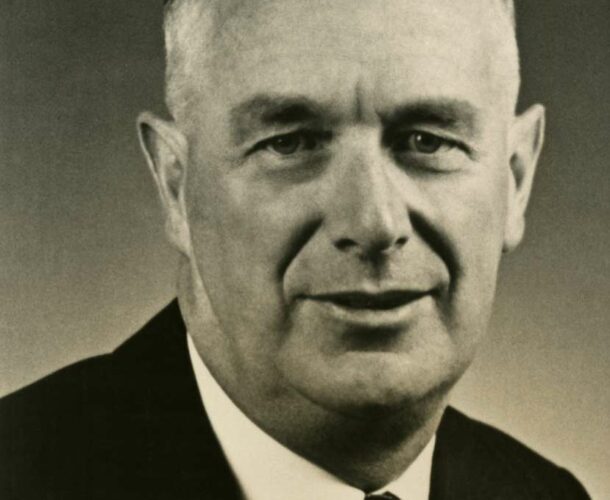The Clinical Research Unit, led by Sir Ian Wood, creates the first flexible gastric biopsy tube. This medical instrument enables samples of the digestive tract to be removed for analysis without severely impacting the patient, improving disease diagnosis and treatment.
A discovery by minor accident
“The idea of the instrument arose as a result of a minor accident. It had been standard for many years to produce curves of gastric acidity following a simple test meal. A rubber gastric tube is passed down the gullet into the stomach, and periodical samples are taken every fifteen minutes by sucking out a syringe-full of the stomach contents.
It is a procedure which sometimes gets ‘fouled up’ because a little fold of the membrane lining the stomach gets caught in the ‘eye’ of the tube and blocks the entry of the fluid that is wanted. The stomach lining – the mucosa – is separate from the muscular coats of the stomach, fairly easily torn or ulcerated but normally healing very rapidly after injury. After removing the gastric tube from one patient in which suction was failing to produce any fluid, Wood found the ‘eye’ blocked by a piece of mucosa that had been caught there and pulled off the lining.
A microscopic section of the tissue was made which gave some important information as to the state of the stomach wall.”1




